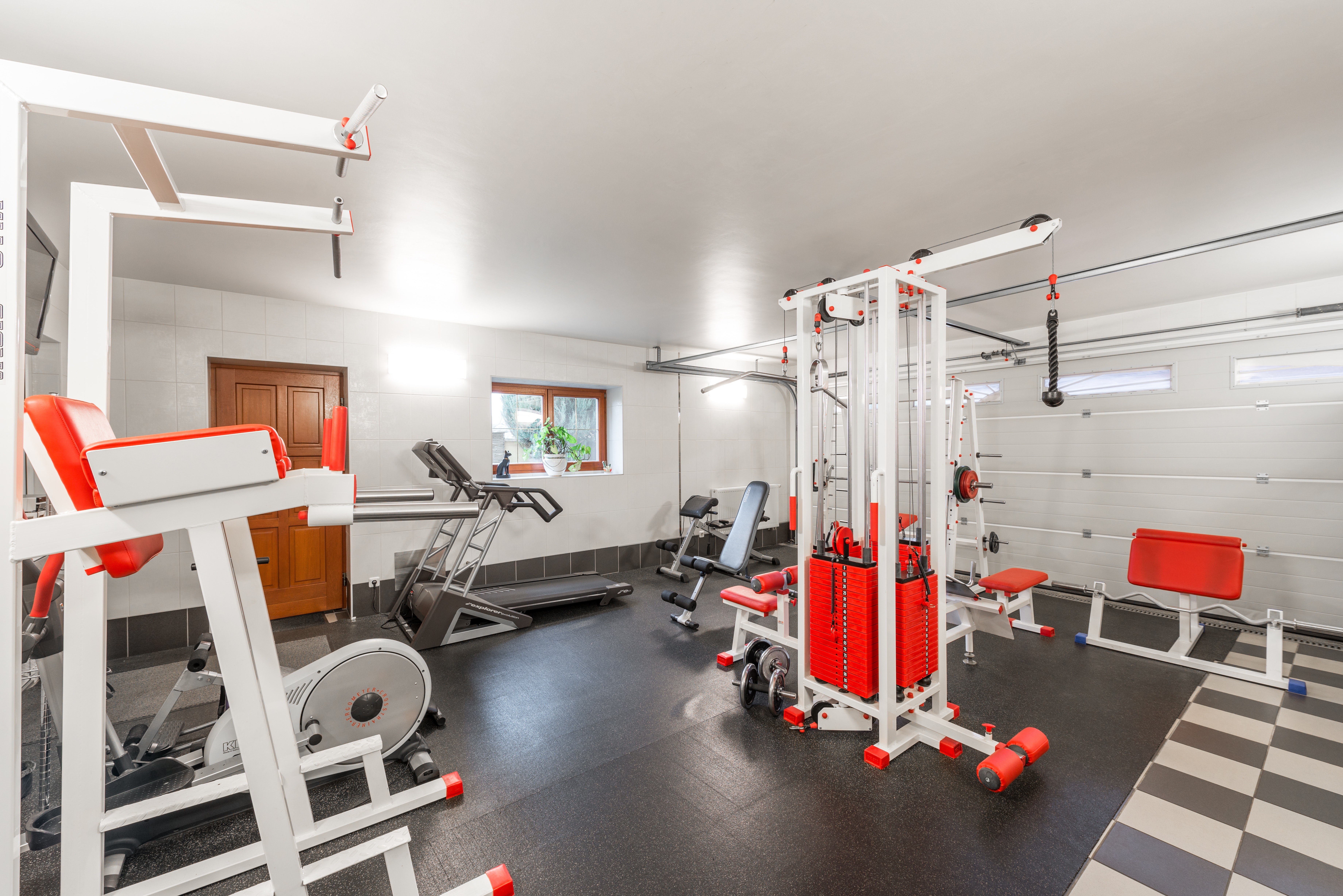Making effective use of garage space

Garages are generally the most underused and badly-organised part of any family home. Even a small single garage will offer around 125 square feet of useable floor space, with medium-sized garages averaging over 160 sq. ft. That’s often a significant percentage of a property’s total footprint, especially considering many garages are integral (rather than detached).
Putting a car in the garage fell out of favour many years ago, not least since there are cars on sale in the UK over 17 feet long that sit way more comfortably on the drive! And so, the garage has become for many of us a dumping ground in which to accumulate equal quantities of clutter and creepy-crawlies. Yet there’s so much more you can do with this valuable space…
Clear out the clutter
As the last paragraph suggests, garages routinely become a handy storage area for items which are no longer wanted in the home. Rather than amassing a collection of broken toys, empty boxes and sacks of old clothing, recycle them. Take rubbish to the local tip or schedule a cleansing uplift, donate consumer goods to charities, and use platforms like Freecycle or Freegle to give away larger items. If you haven’t used something in the last year, you’re unlikely to ever want or need it again.
The only way is up
Look at the floor of your garage, and consider how many items are standing on it. Now look up at the ceiling. If it’s completely bare, you’re missing a trick. Invest in sturdy metal shelving units (and proper fixings!) which reach up to the ceiling (usually between seven and eight feet in a garage). Position lighter, occasional-use items like suitcases at the top and heavier everyday objects nearer the bottom. It’s amazing how much you can accommodate in a modest footprint if you make full use of airspace.
Consider modular storage
Modular storage is generally affordable and unglamorous, but few people will see it in a garage, so function trumps form. From stackable IKEA units to dedicated garage solutions like Flow Wall, you can add cabinets, worktops, drawers and hooks to store any combination of belongings. Keen gardeners will appreciate cupboards to keep pesticides and hand tools safe, while DIYers might look for workspace with power points and hanging hooks above it. Being able to hang folding chairs and rakes/shovels on wall hooks is a great space-saving tip.
Improve lighting
Most garages are lit by a solitary ceiling-mounted pendant light, which struggles to illuminate dark corners. That’ll be inadequate for using the garage as a workstation, a home gym or simply as additional storage. Full spectrum lighting is far brighter, making it easier to read the small print on bottles, or follow a pencil line with a jigsaw cutter. Stick-on LED lights provide effective illumination on shelves or inside cupboards, while strip lighting is more appropriate out here than around the home.
Consider dedicated roles
With their large floor areas and lack of furniture, garages can easily be dedicated to a single role. The cooler temperatures in concrete-floored garages lend themselves to a home gym, with room for crash mats and free weights alongside treadmills and bikes. They’re also good hobby rooms – somewhere you can assemble a Warhammer battleground or set up a folding snooker table without it endlessly being moved or disturbed. Children are often fascinated by garages, making them a great place for hosting space-hungry toys like Scalextric sets.
Back to Latest Posts




